
 The newsletter of NASA's Radio JOVE Project
The newsletter of NASA's Radio JOVE Project"Solar and Planetary Radio Astronomy for Schools"

 The newsletter of NASA's Radio JOVE Project
The newsletter of NASA's Radio JOVE Project
Co-discoverer of Jupiter's radio emissions in 1955, Dr. Bernard Burke, passed away on the 5th of August 2018, he was 90 years old. Over his lengthy career he made many significant contributions to the field of astronomy but for the Radio JOVE project he will be most fondly remembered as the co-discoverer (with Dr. Kenneth Franklin) of Jupiter's radio emissions. The National Radio Astronomy Observatory (NRAO) and the Massachusetts Institute of Technology (MIT) both have articles with more details on his life and career but in this issue of the JOVE Bulletin we will be sharing some images of events in 2005 as we celebrated the 50th anniversary of the Jupiter radio emission discovery.
In 2005, Bernie Burke joined us for a ceremony where we unveilied a Maryland Historic Marker recognizing Burke and Franklin's discovery at the former Seneca Radio Observatory. Later that day Bernie joined us for a luncheon and seminar at the Department of Terrestrial Magnetism.
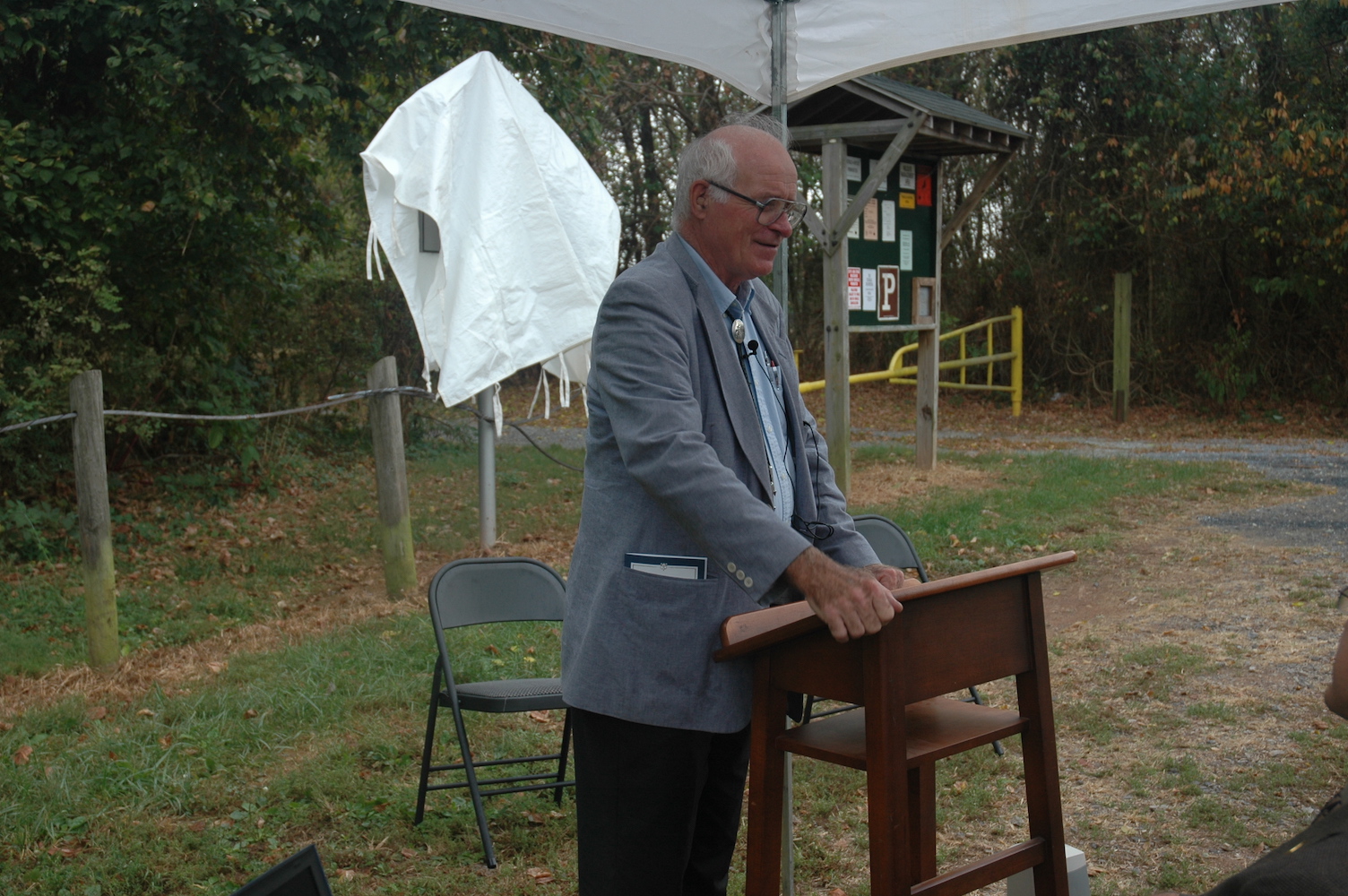
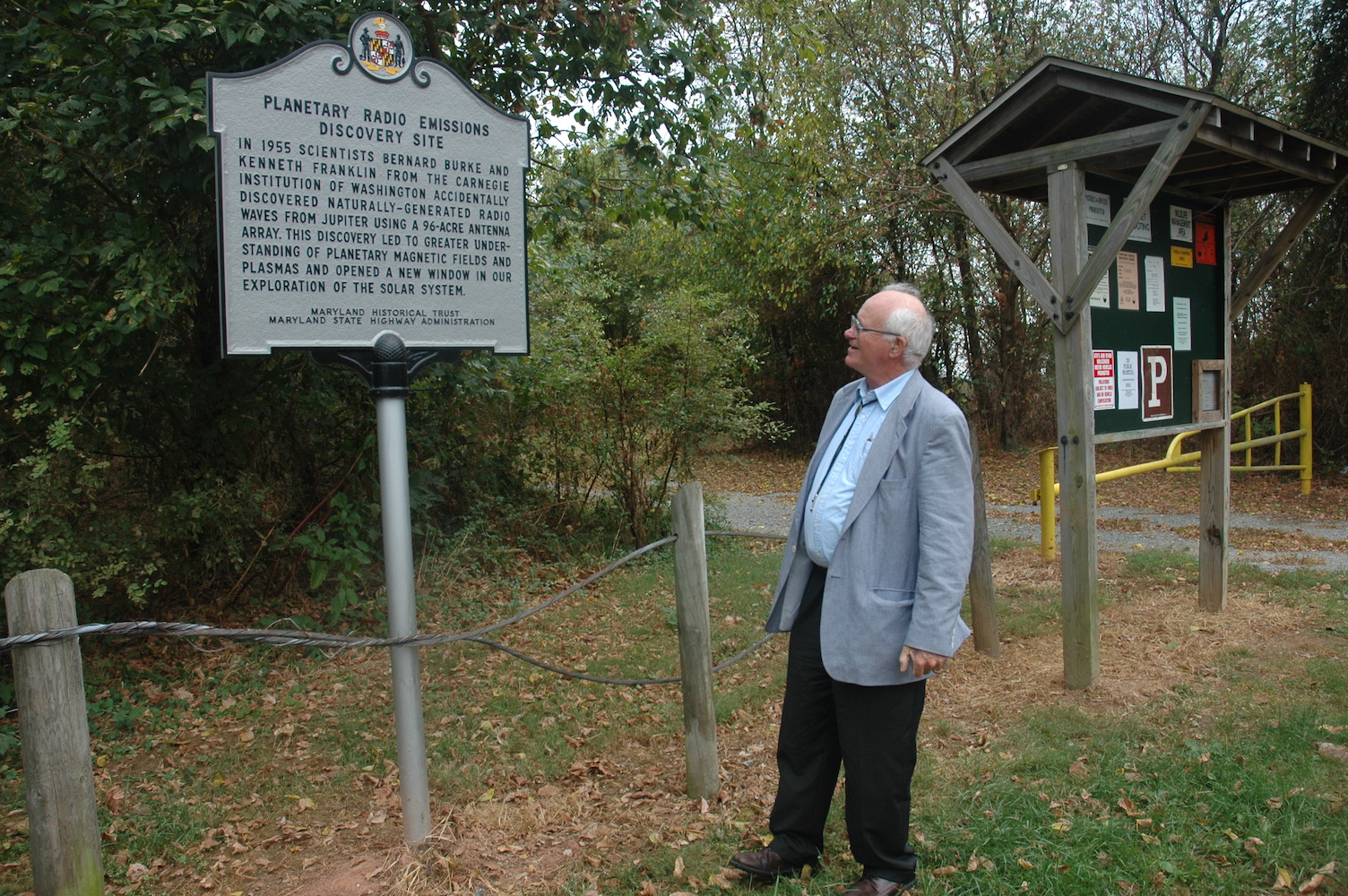
That same year the international solar and planetary radio astronomy community recognized Burke and Franklin's contributions as part of the 6th Planetary and Solar Radio Emissions Workshop (PRE VI) in Graz Austria.
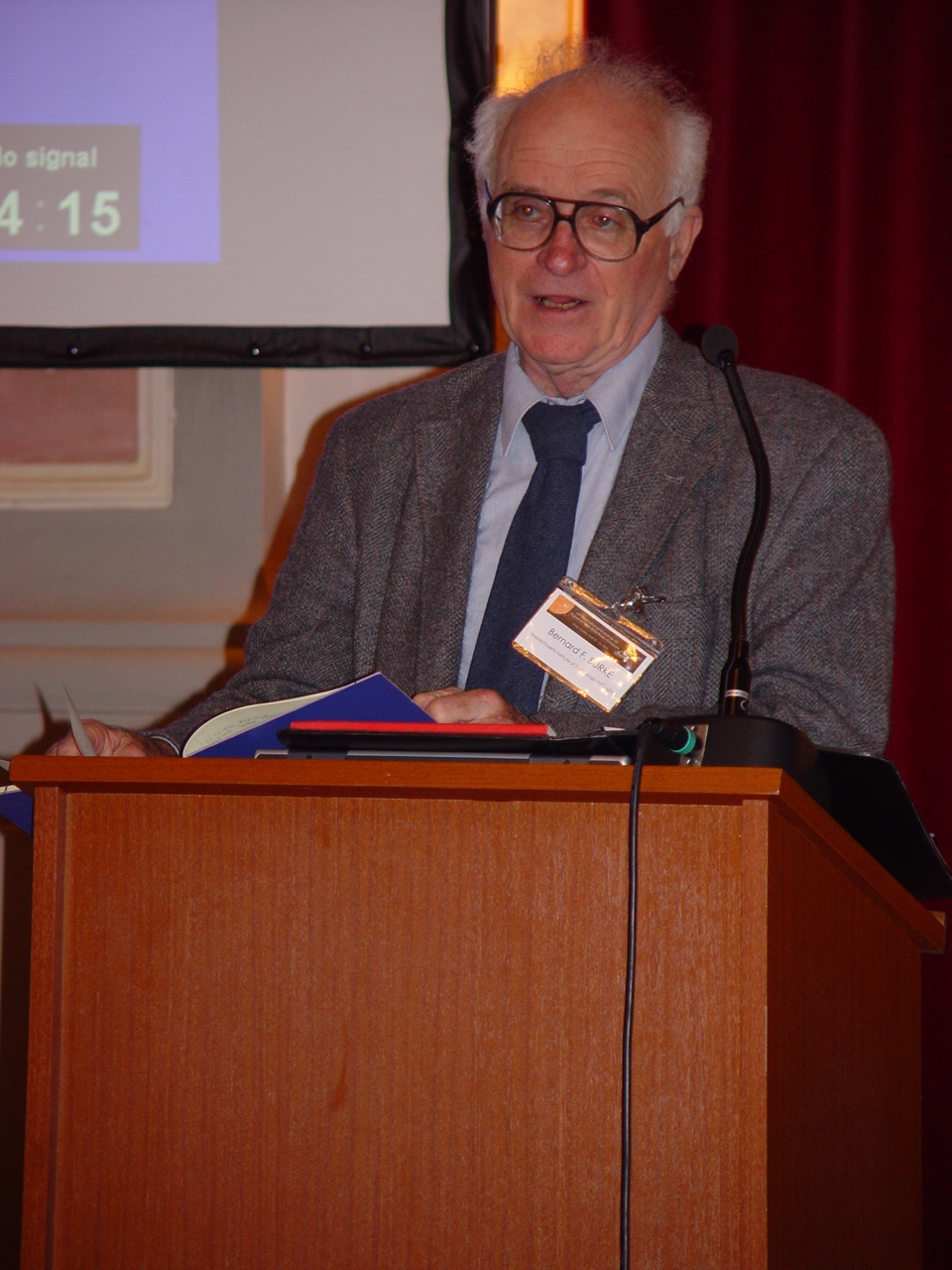
[Editors Note: Dr. Dumitru Pop sent us a brief report of the work of his students in building a Radio JOVE system at Voievodul Gelu High School. He later presented this work at a biannual physics teachers meeting. Congratulations to all. We look forward to your observation results!]
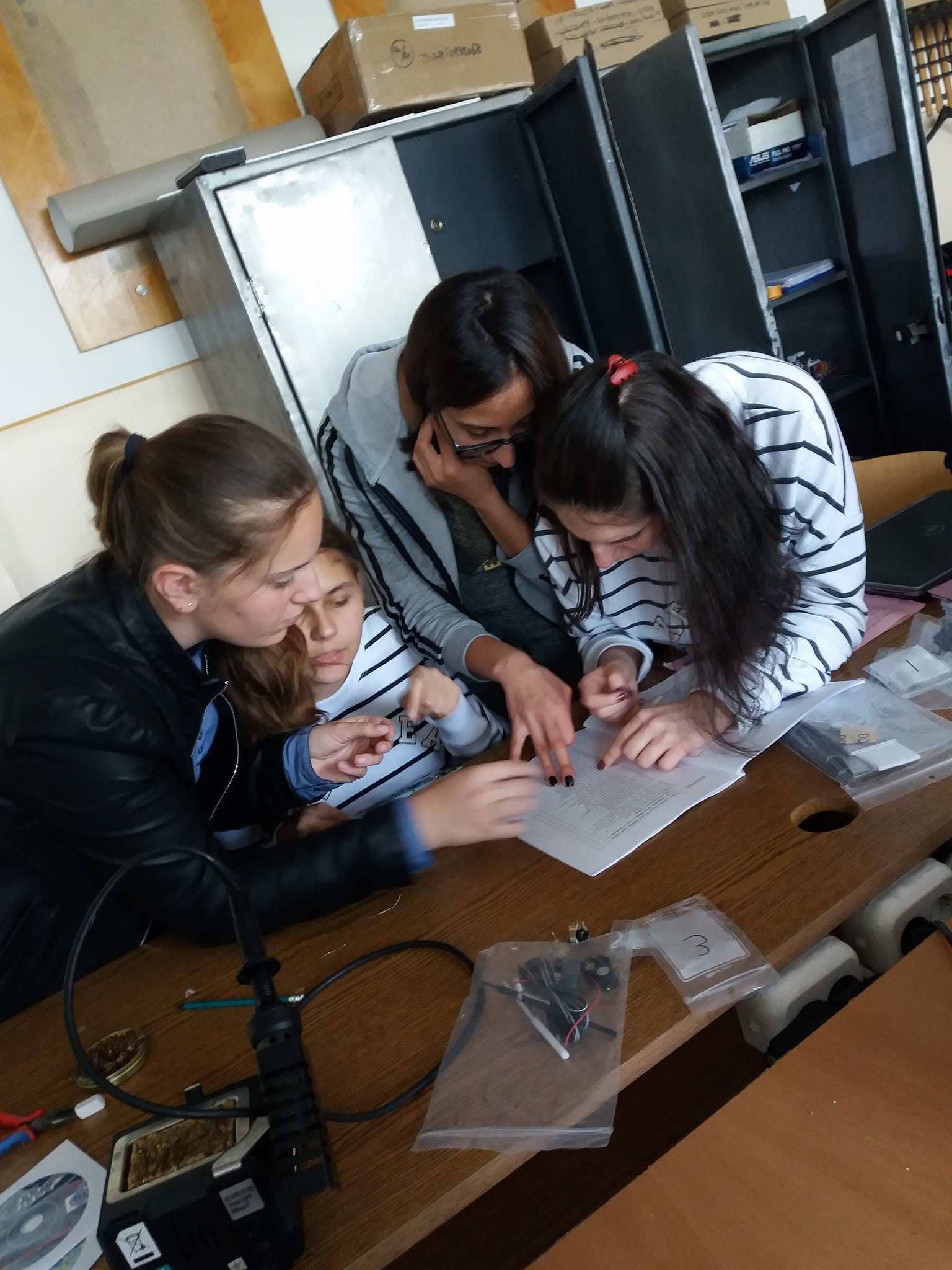
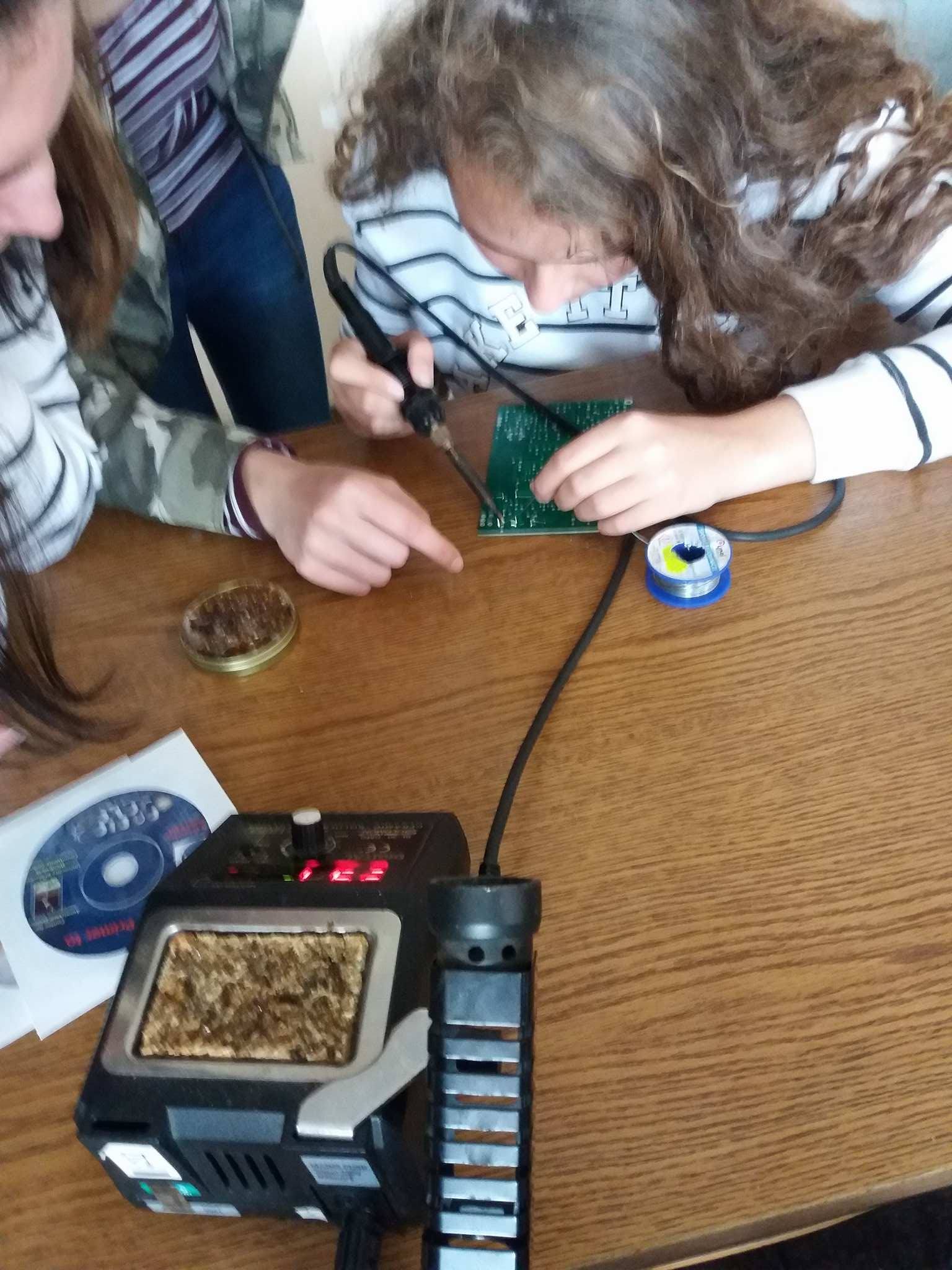
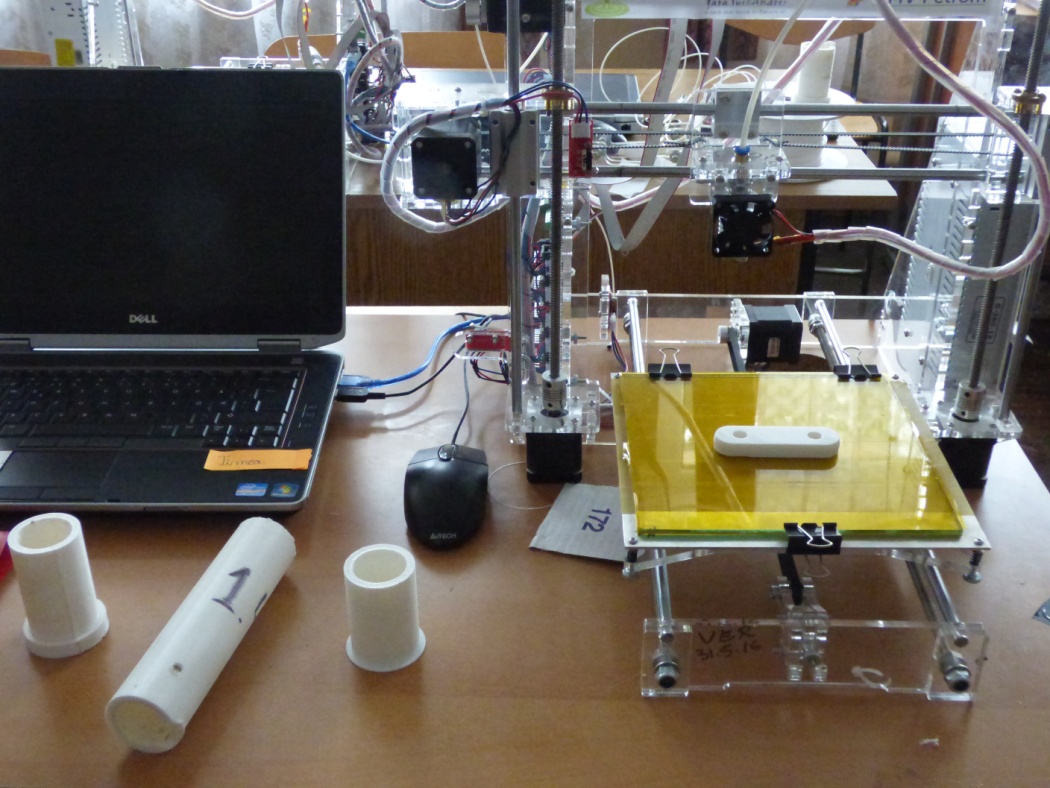
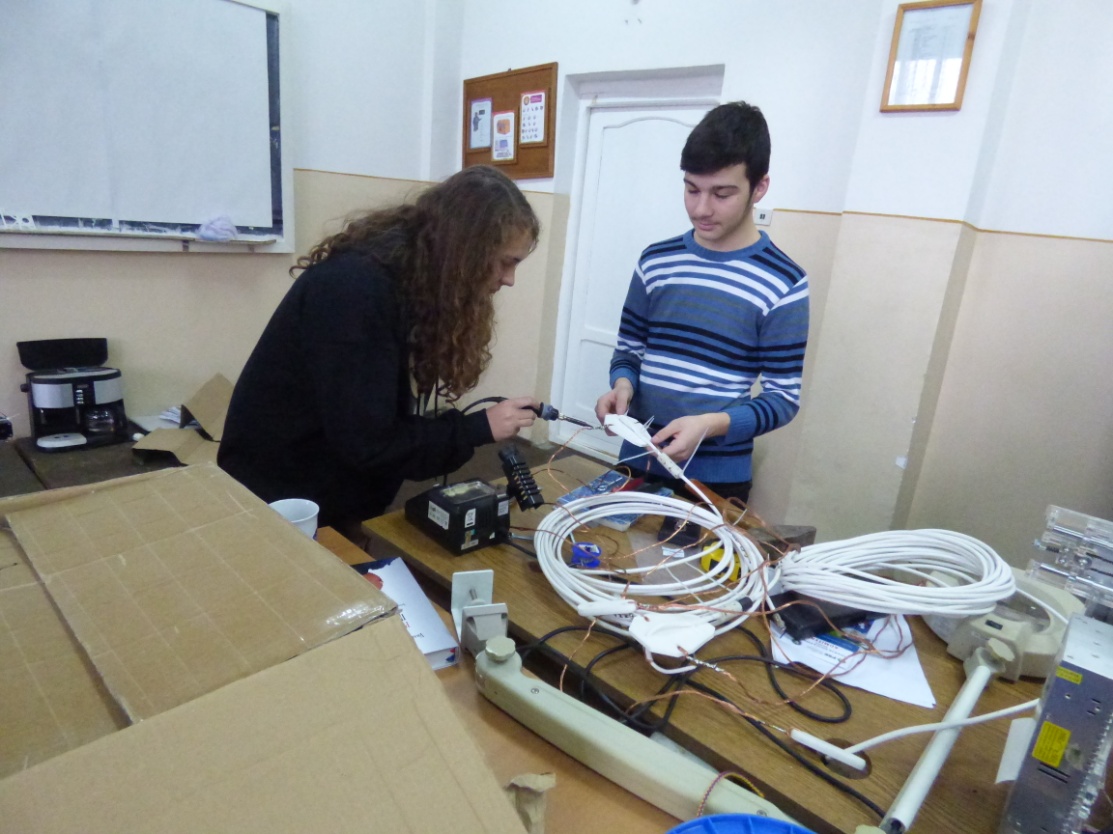
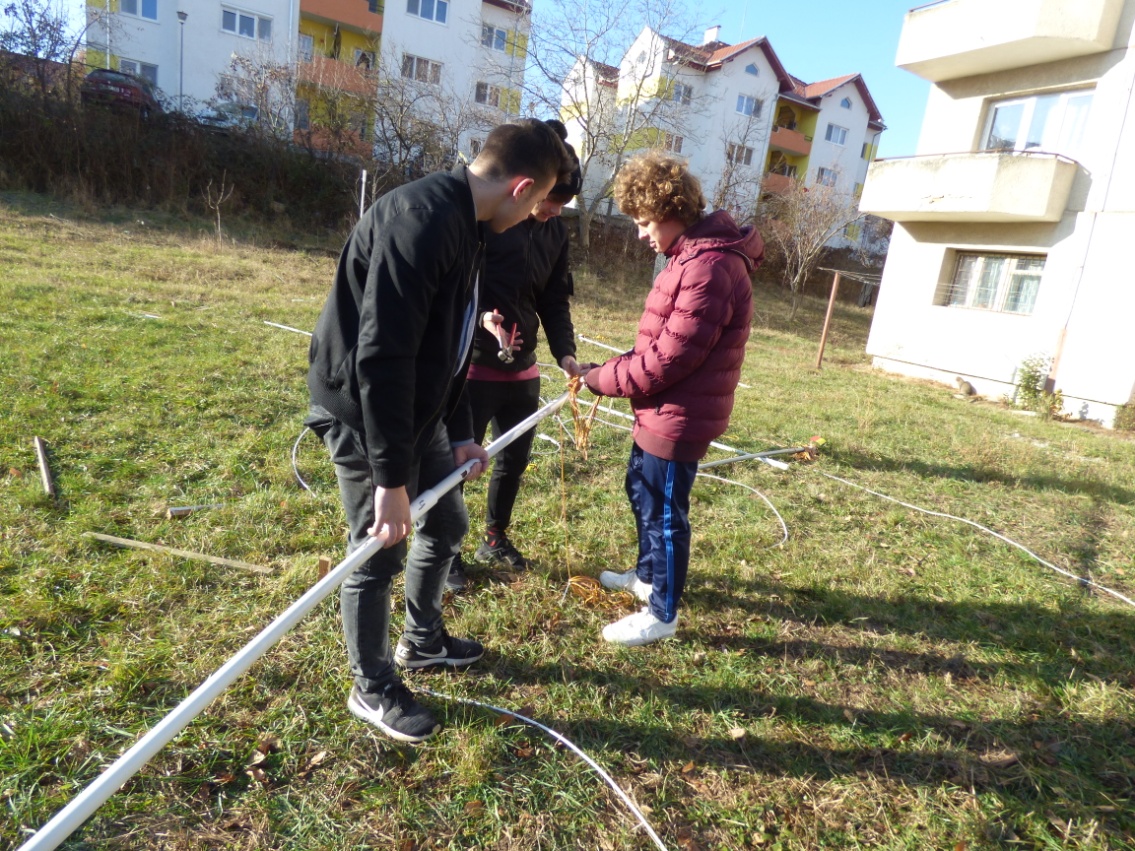
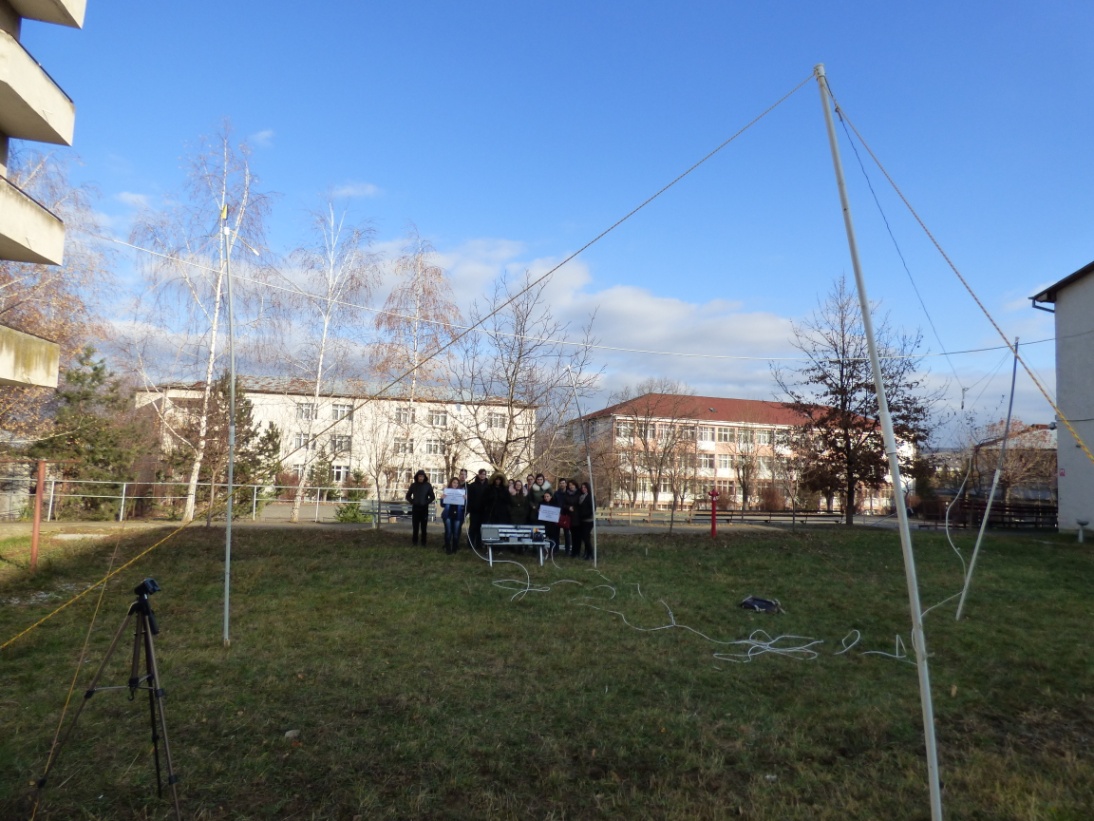
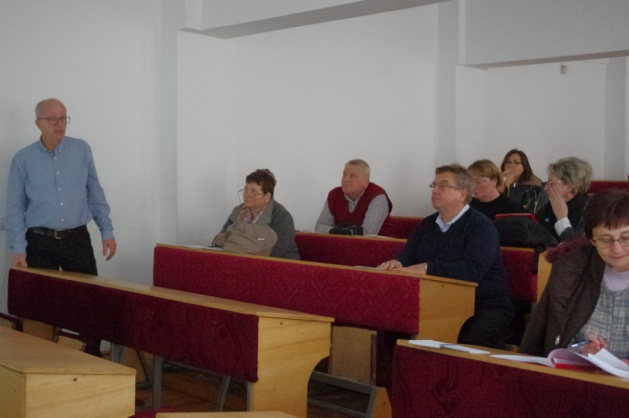
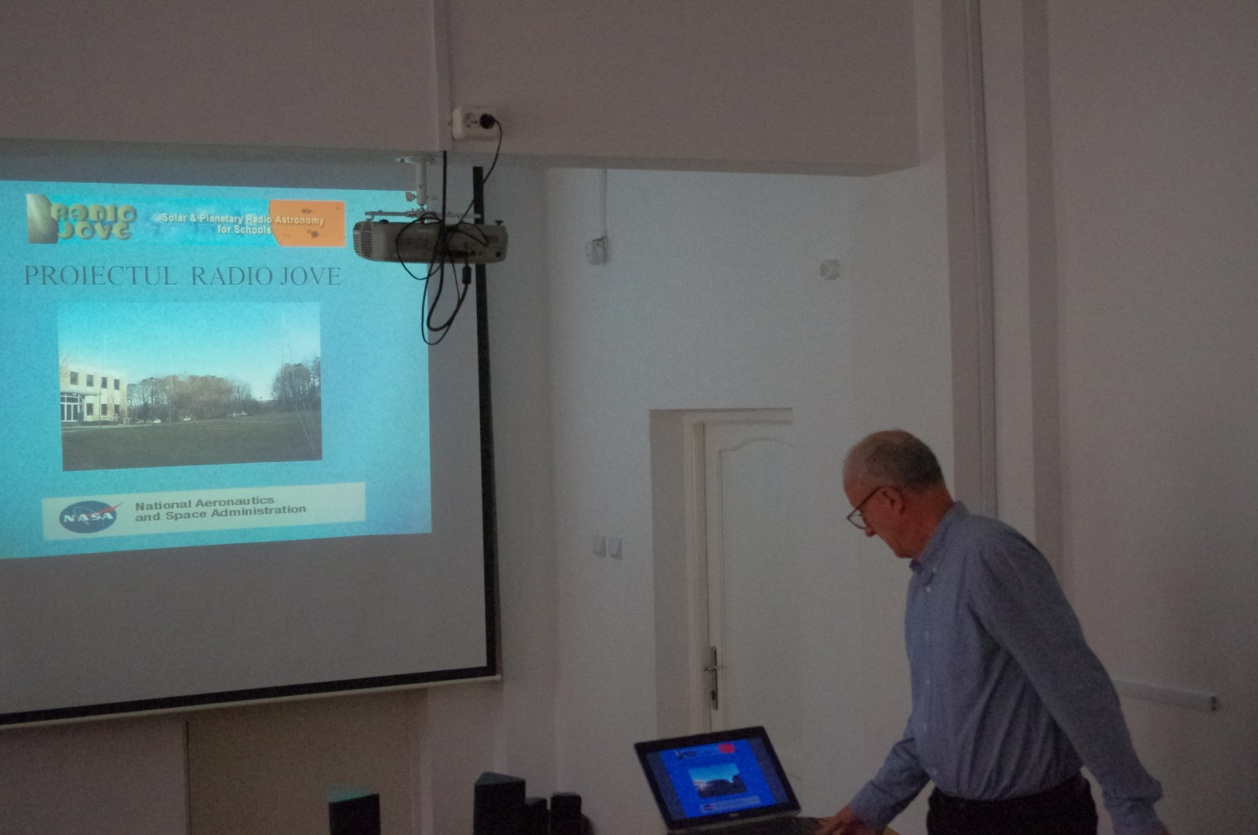
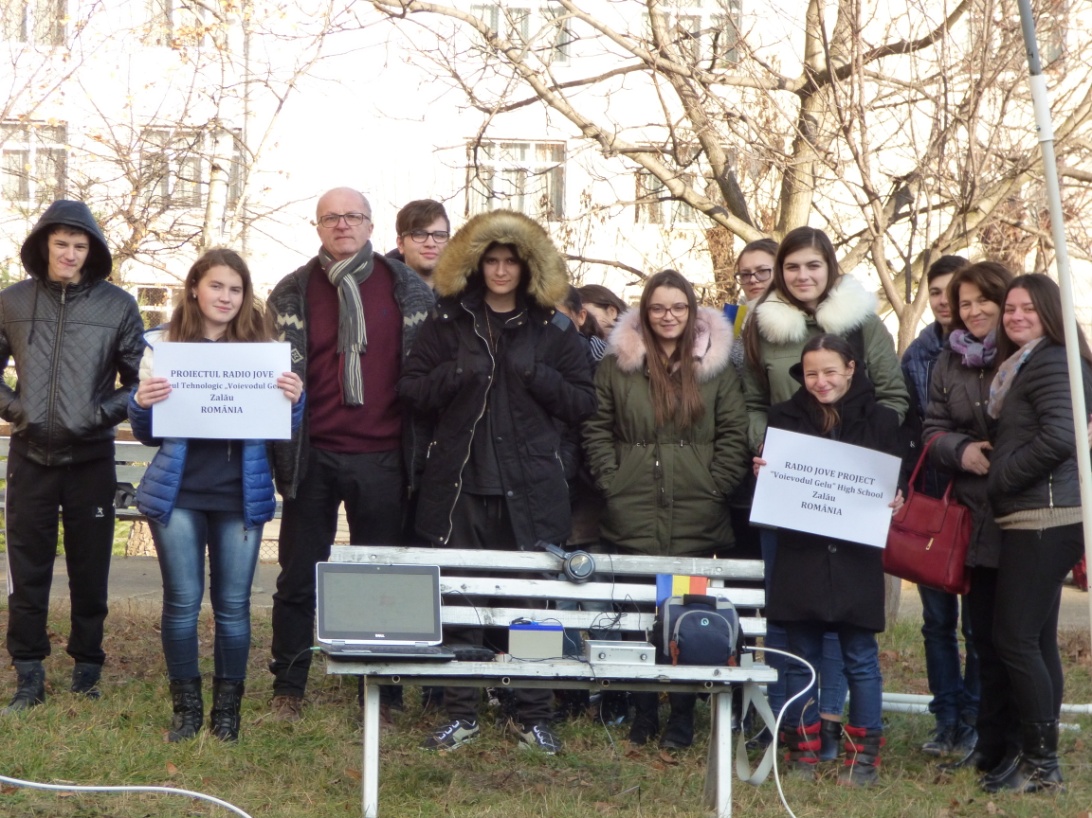
Radio JOVE was well represented at the 2018 Fall American Geophysical Union (AGU) Meeting in Washington, DC on December 10-14, 2018. As part of two science education sessions, and as part of the NASA display booth, Chuck Higgins and Shing Fung showcased Radio JOVE citizen science and our education partners.
Our education partners include many of you, our dedicated Radio JOVE observers, as well as many other education teams as part of the NASA Space Science Education Consortium (NSSEC). We also partner with the Juno Mission and worldwide data archives like the NASA-Planetary Data System (PDS), the Virtual Wave Observatory (VWO, heliophysics wave data), and VESPA – Virtual European Solar and Planetary Access.
The AGU is one of the largest scientific organizations in the world; about 28,000 people attended the meeting. During one of the Radio JOVE presentations, an education administrator from NASA Headquarters was part of the session. Thanks to our core team volunteers and to our participants, Radio JOVE is a well-known and well-respected science education and public outreach project.
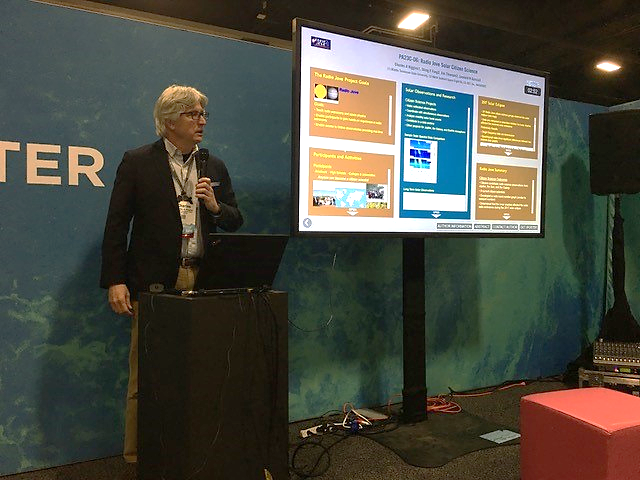
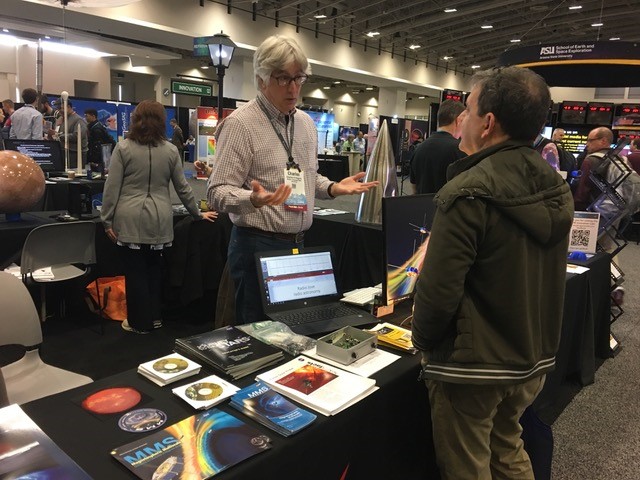
This is a brief update of some research from the Radio JOVE observations made during 2017 solar eclipse. Again, we wish to thank the dedicated Radio JOVE observers that collected radio data during the eclipse. They are listed on the map in Figure 1.

As mentioned last time (JOVE Bulletin, July 2018 issue), we are comparing Radio JOVE data from stations within the path of totality to those outside the path of totality to determine whether the Moon or its shadow on the ionosphere affected the received solar radio emissions. The Sun was very active on the day of the eclipse and there was continuum bursting for many hours before, during, and after the eclipse. Several stations of 20 MHz single-frequency data were compared to look for changes within or differences between observers during the eclipse. Unfortunately, the error bars are too high to show statistical significance.
However, we have good preliminary results from spectrograph observations. Seven observers operated radio spectrographs from 15-30 MHz during the solar eclipse, and they are shown with a blue circle on the map in Figure 1. Example 15-30 MHz spectrograph data are shown in Figure 2 from 16:00 – 21:00 UT in Murfreesboro, TN and from Tom Ashcraft in Lamy, NM.
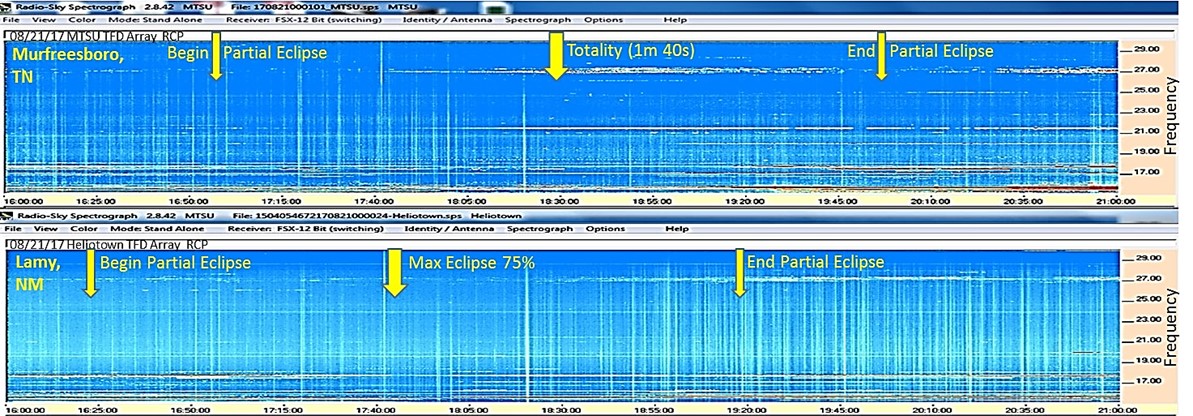
Initial analysis of these data show that the intensity of the radio bursts is reduced near the time of totality in the Murfreesboro, TN data as compared with the data from Lamy, NM (Figure 3). In order to complete these analyses, the spectrograph data were calibrated using a step calibrator and a computed calibration curve. To reduce the error bars, 40 channels of spectrograph data from 24-26 MHz were averaged and then the solar burst intensities were time-averaged over 30 minutes.
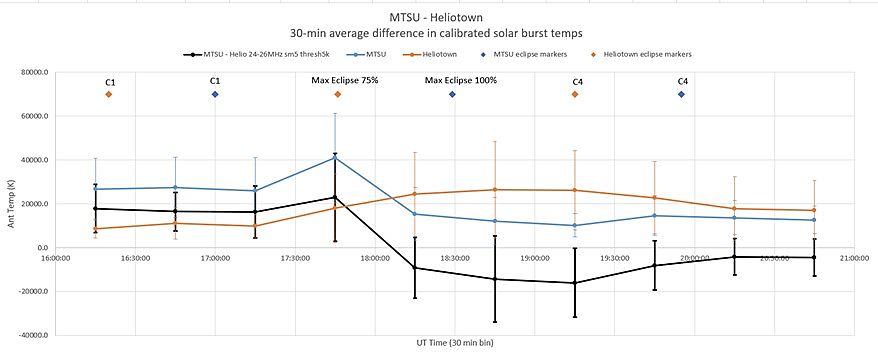
Finally, the difference between the average solar burst intensities were taken to remove any inconsistencies from the Sun. These differences are shown as the black curve in Figure 3. As you can see the 30-minute interval from 17:30 – 18:00 shows a 2-sigma difference compared to the data from 18:00 – 18:30. Again, these are preliminary results, but they are encouraging. We plan to perform similar analyses comparing the other stations.
Thank you again for your efforts and contributions to Radio JOVE and to science in general.
The first issue of the Radio JOVE Bulletin came out in June 1999 not long after the Radio JOVE project began. Despite all of the people who have come into our lives and those we have lost, despite the changes in technology, etc. that have come our way, I feel the spirit and purposes of the project as captured by Jim Thieman our project leader has not changed much over the years. I wish to share with you his welcome address from 1999.
RADIO JOVE PROJECT LEADER'S WELCOME
by Jim Thieman, NASA GSFC
Hello to all present and future Radio JOVE project participants! My name is Jim Thieman and I am the person who is listed as the "principal investigator" for the two grants we have received for Radio JOVE, a Goddard Space Flight Center Director's Discretionary Fund grant and an Initiative to Develop Education through Astronomy and Space Science (IDEAS) grant administered by the Space Telescope Science Institute. I am a scientist at NASA's Goddard Space Flight Center, a manager of the National Space Science Data Center information systems, and also a manager of the NASA Sun-Earth Connection Education Forum. These tasks keep me busy, but, aside from the ever-present government paperwork, most of what I do for NASA is very enjoyable, especially projects like Radio JOVE.
The Radio JOVE project team is made up of many dedicated people, however, and I hope that with time we will be able to introduce you to all of them. We are all tied together by an interest in radio astronomy and education and hope that you too will enjoy sharing in the excitement of studying the strange and unique radio phenomena of the solar system.
We are a very new project since we did not receive our first grant until last November. Much of the foundation had already been laid, however, since a number of our group had been thinking of doing something like this for years. Thus, it came together very quickly. Dick Flagg of RF Associates in Honolulu, Hawaii had already put together a design for a radio receiver especially for observing Jupiter based on his past experience at the University of Florida Radio Observatory.
The antenna design and testing have involved many of the team. We also appreciate the quick feedback we have been getting from our group of beta testers. As mentioned in our literature, the kit is intended for receiving signals from either Jupiter or the Sun. Jupiter is a relatively predictable radio source, but it is very difficult to receive Jupiter radio emissions when it is close to the Sun. For the past few months, almost since the inception of the project, Jupiter has been near the Sun and we have not been able to test Jupiter radio reception under good observing conditions. Now Jupiter is moving away from the Sun and the coming months will bring prime observing conditions. We hope our participants will share with us the excitement of seeing how well the kit works in observing Jupiter. Our Radio JOVE website will indicate the best time for observing the coming Jovian radio storms.
Solar observations are, of course, also possible but not as predictable. Nonetheless, the Sun is approaching the maximum of its eleven-year activity cycle and the number of solar storms observable through radio emission should increase as well in the months ahead.
This summer we will have several teachers and students helping us to build our Radio JOVE website. We expect to have radio astronomy background information, training in what to expect, educational activities, news items, bulletin boards, and hopefully data contributions, feedback, and interactions among you, the participants. So, don't be shy, let us know how you are doing and share with us what you and hopefully all of us are discovering about our solar system.
Over the 20 years that the Radio JOVE Project has been in existence the question was sometimes raised as to whether the official name of the project is Radio JOVE or Radio Jove. Recently, we conducted a quick poll among the Radio JOVE staff members and the preferences were rather evenly split. But, we could not ignore the fact that in our kit manuals, in the official brochure, and in the registration as a non-profit organization we have used JOVE consistently. So, we have agreed that the official name is Radio JOVE. Although we won't call the spelling enforcement police we ask that JOVE be used in the name of the project.
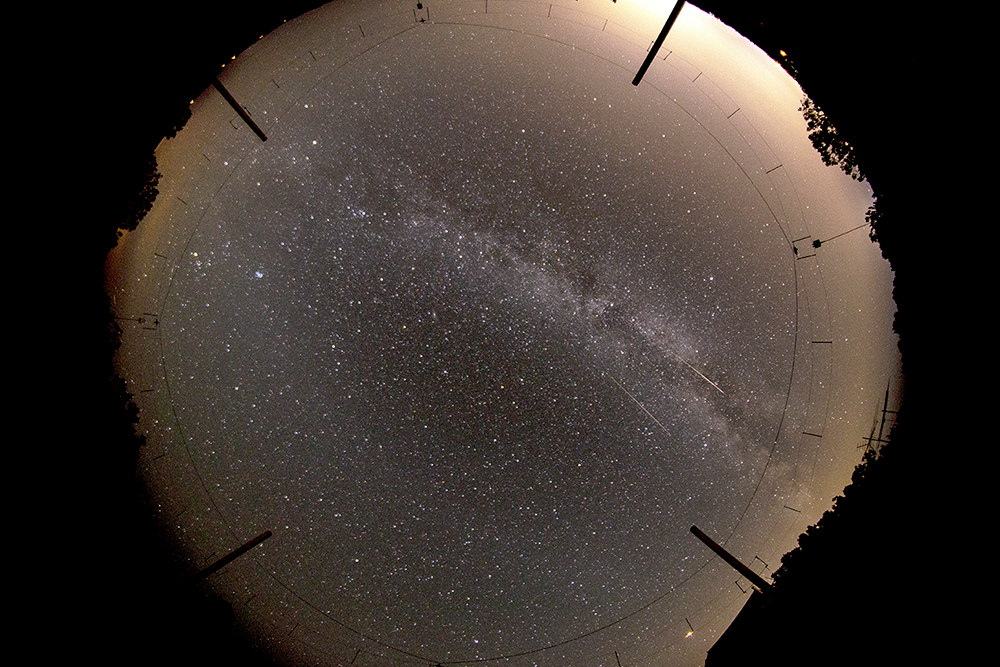
The JOVE Bulletin is published twice a year. It is a free service of the Radio JOVE Project. We hope you will find it of value. Back issues are available on the Radio JOVE Project Web site, http://radiojove.gsfc.nasa.gov/
For assistance or information send inquiries to:
or
